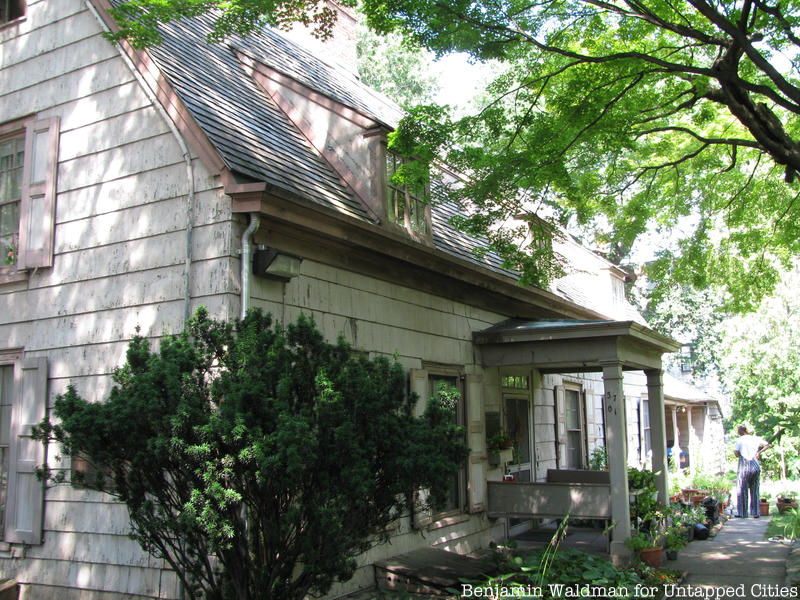3. The John Bowne House, 1661

Located in Flushing, The John Bowne House is an Anglo-Dutch Colonial saltbox with a wood-frame, three dormers and a steeply pitched roof. Built in 1661, the Historic House Trust describes The John Bowne House as “a microcosm of social, cultural and political history,” and the home and its inhabitants played vital roles in the fight for religious tolerance in the United States, as well as the struggle for racial freedom.
The original owner, John Bowne was arrested for holding a Quaker meeting in the house in 1662, a time when any such activity was forbidden by law. He successfully appealed his arrest to the Dutch West India Company, and his actions contributed to future guarantees of religious freedom and speech, including the creation of the First Amendment, more than a century later. John Bowne’s great-grandson, Robert Bowne, was a well-known abolitionist, forming the Manumission Society of New York, which included influential members such as Alexander Hamilton. Robert Bowne’s niece, Mary Bowne Parsons, and her husband Samuel Parson were also both documented to have helped in facilitating slaves in their escape to freedom while living in the house. The John Bowne House has now been a museum for over 70 years, with a collection of around 5,000 items original to the house and family, including decorations arts, furniture, and correspondence. The John Bowne House is located in 37-01 Bowne Street, Flushing.





